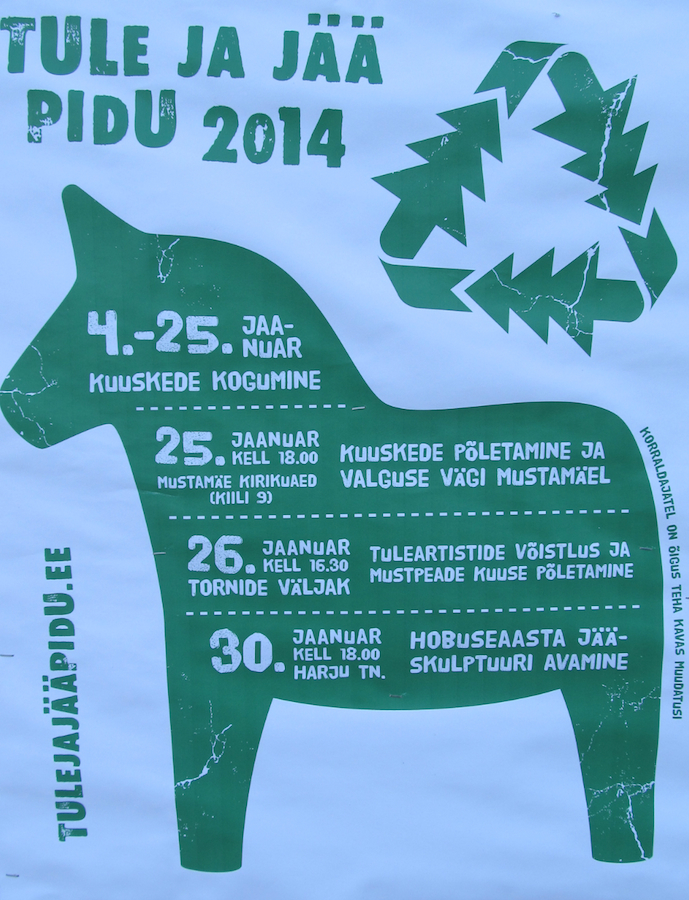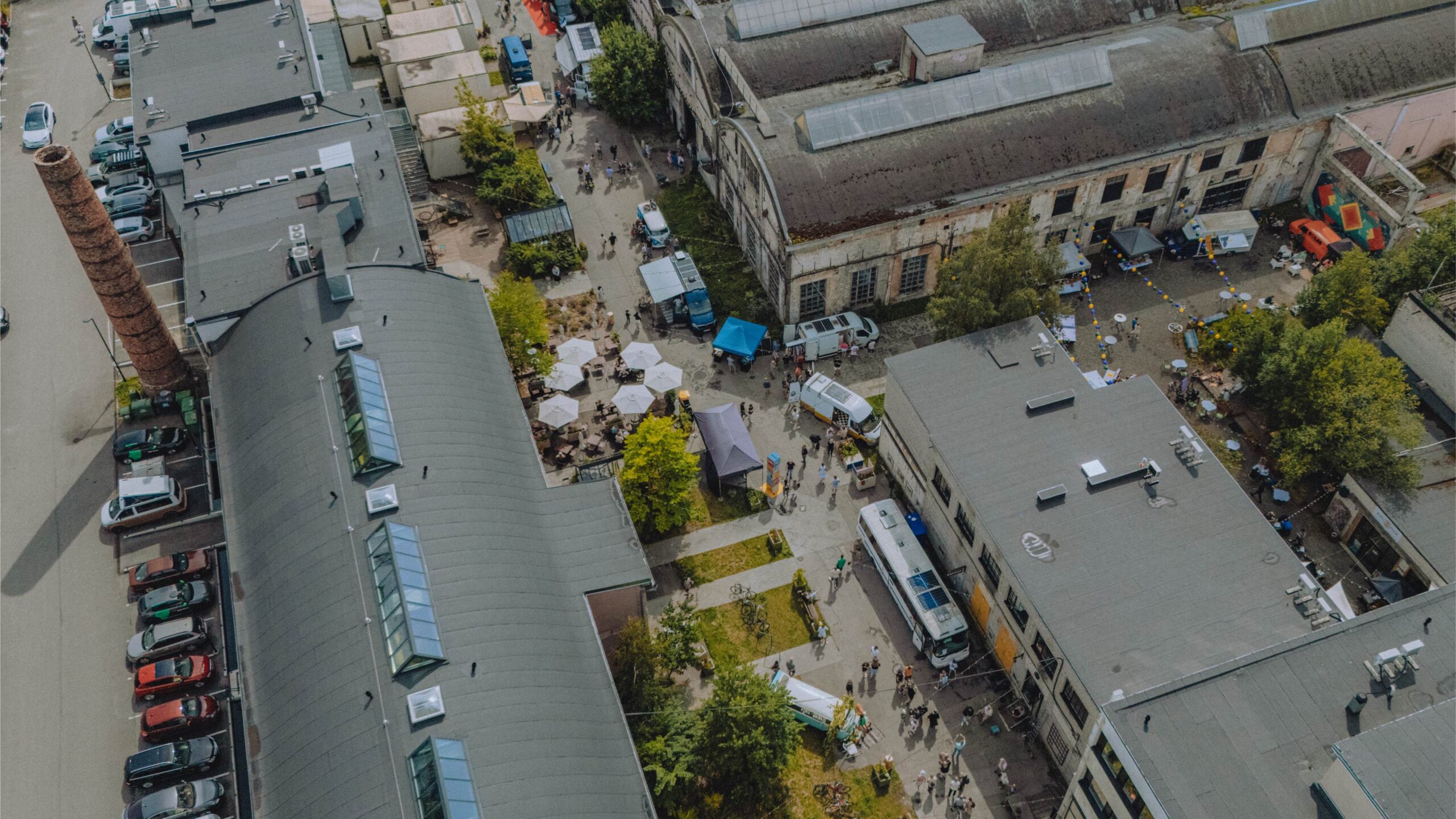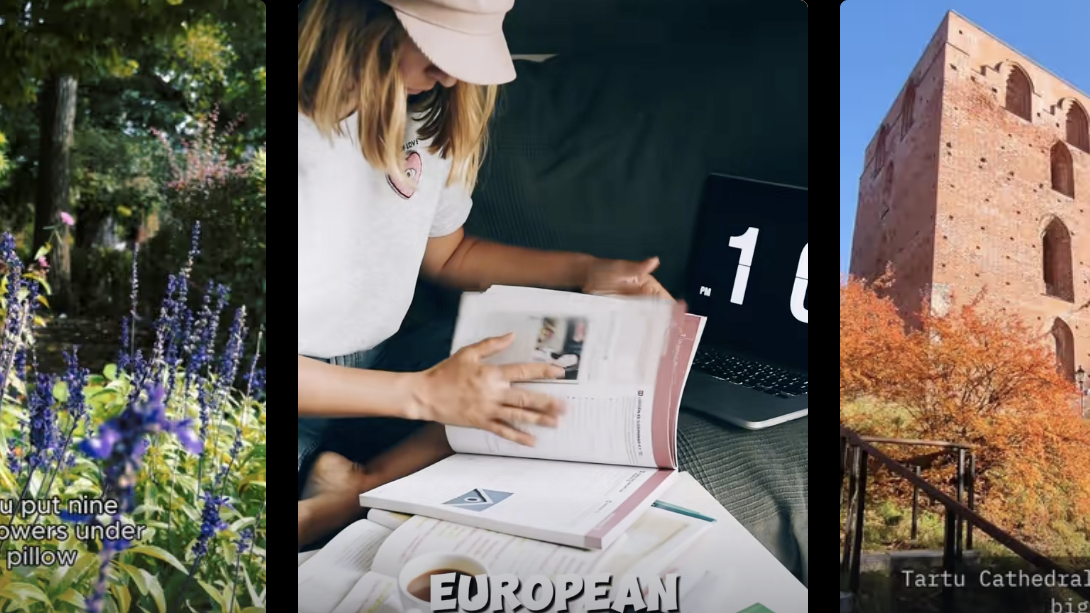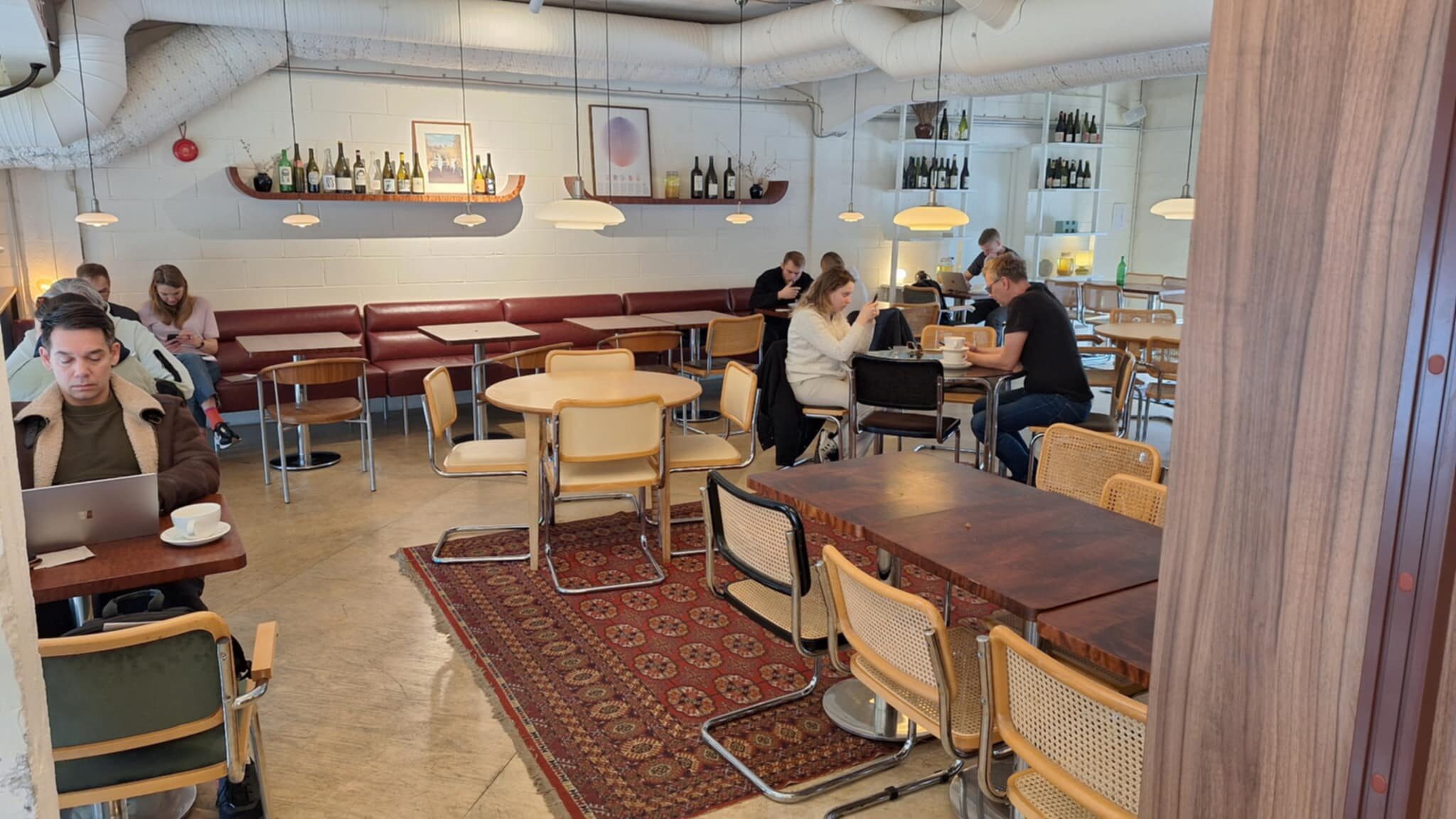The hobu here = hobune (horse); hobu for short. And the one on the poster is a classic Northern European tõug or breed, so-to-speak – the outline of a very distinct Swedish Dala horse, from that country's province of Dalarna, which has become one of the most widely known symbols of the entire country. So widely-known in fact, that even neighbours to the south-east are tempted to use it as the quintessential hobu. Although Estonia's own breed, the purebred old-type or (vana-) TORI hobune, is a similar broad- and deep-chested working horse…
Photo: The annual FIRE AND ICE party in Tallinn, known for its fire sculptures, burning of Christmas trees (note the nifty tree recycling symbol) and ice sculptures, could also be interpreted as the COME AND STAY party. Such is the beauty of HOMPNÜÜMID or homonyms, words that share the same spelling and pronunciation but have different meanings. The various animal signs of the lunar calendar hail from Chinese culture, but do you recognize the profile of this particular green wooden horse?
The classic, stoutly carved Dala/häst as it's known in Swedish, is not green, but reddish-orange with a distinct multi-coloured painted lakk (mane), sadul and rakmed (harness).
You can always call a hobune a hobu, but never a jobu (jerk) or tobu (idiot). Distinguished members of the hobu family include the kiik/hobu (rocking horse), meri/hobu (sea horse) and jõe/hobu – “river horse”, i.e. hippopotamus.
Another term of endearment for a horse is suksu. “Pani suksule päitsed pähe.” = S/he put a bridle on the horse's head. If not wild, a hobu is also a ratsu, as in ratsutama, (to ride), while sitting kaksi/ratsi (straddled). A ratsa/hobune (riding horse) could be a jahi/ratsu (hunting horse), sõja/ratsu (war horse), pulma/ratsu (wedding horse) or the small woodenratsu that fits in your pocket, the malend (chess piece) known in English as the knight. If you arrived ratsa, you came on horseback – ratsa on your lovely ratsu. Ratsa/vägi is the cavalry or troops riding horses.
The one doing the riding is a ratsanik or ratsur. Add a crossbow (amb), and you’ve got an ambur or ammu/kütt, an archer or “crossbow hunter” – aka the astrological sign of Sagittarius; called ambur.
In Estonia, a rider urges on his/her hobu by saying NÕÕ! and makes him or her halt by saying PTRUU! That last one is hard to transcribe. You must flap your lips in a horse-like manner. Try saying “brrrrrr”, but keep your lips closed and pursed (torus). Someone driving a hobu/vanker or horse-drawn wagon or carriage would also use these käsklused (commands). Not to mention someone driving a regi (sledge) or saan (sleigh). Both are supported by runners (jalased), but saanid / sleighs are fancier and lighter (as seen in storybooks and Dr. Zhivago), while reed / sledges are of a simpler, heavier construction, low to the ground and used for moving loads. “Saan oli sõiduks, regi tööks.” – A sleigh was for riding, a sledge for work. Many no doubt recall the Christmas carol: “Sõitsid saanid, sõistid reed, mööda pikka talve/teed… “. And a classic Estonian vana/sõna or proverb says: Rege rauta suvel! – Fix the runners on your sledge in the summer.
Rautama is actually a very specific “fix”. It is from the word raud (iron) and is what you do to a horse; you shoe him/her. Horseshoe = hobuse/raud. The runners of a sled, wagon wheels, parts of a sailboat, doors / gates, chests, i.e. anything you reinforce with any form of metal rautis is rautatud. Including being decked out or rautatud in full armour (raud/rüü).
Happy trails on the adventurous, roaming puu/hobu!
Riina Kindlam, Tallinn




